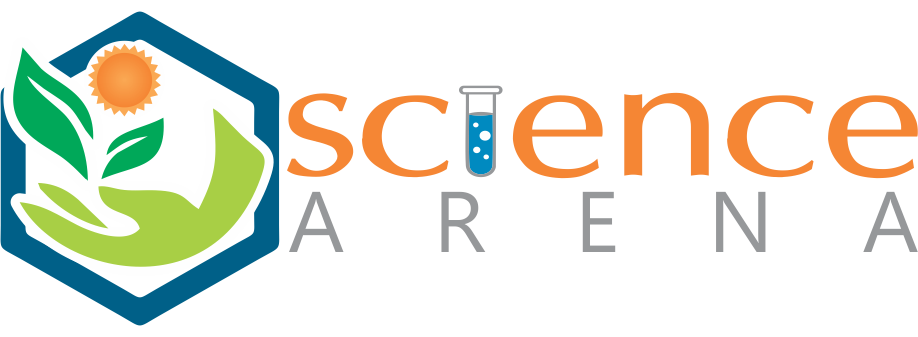Water pollution is the major problem which is being faced by every country and due to water pollution, it is not healthy to drink and doing any household activity.
Traditional Water purification techniques
- Boiling
- Sunlight Exposure
- Chlorination
- Flocculation
- Filtration-Straining
- Three-Pot Treatment
DESCRIPTION OF PURIFICATION TECHNIQUES
BOILING
Equipment required- water container, intense heat (wood, gas, etc), preferably a fuel efficient stove.
Process of Boiling:
- Water should be placed in a container and heated at the temperature of 100˚C until boiling.
- Water should be allowed to boil for at least 10 minutes.
- Now, separate the boiled water in another container and its is ready to ne used.( if lead is present in the water than there will be no effect boiling )
ADVANTAGES OF BOILING
- Simple and effective method of purification.
- It will kill many waterborne bacteria through the intense heat
- Uses local available materials.
DISADVANTAGE OF BOILING
- Time consuming, sometimes it is difficult, and cost ineffective because of high amount of fuel used.
- It cannot remove mud from ‘murky’ water.
- It cannot remove or separate dissolved and suspended compounds.
SUNLIGHT EXPOSURE
Equipment required- Disposable clear plastic bottle (glass bottle should not be used as they do not let enough sunlight into the water.), bright sunlight.
Process Of Exposure in Sunlight:
- Take the clear plastic bottle and fill it with water leaving a quarter empty.
- Put on the top of the roof where there is a good sunlight exposure.
- Shake the bottle for around 20 seconds before leaving to the roof.
- We can paint one side of bottle with black (Because black consumes the sunlight).
- The painted side should be placed underneath.
ADVANTAGES OF EXPOSURE IN SUNLIGHT
- It kills harmful bacteria and pathogens.
- Simple, inexpensive a convenient.
- It is same like boiling.
- It will not change the taste of water.
DISADVANTAGES OF EXPOSURE IN SUNLIGHT
- It will not remove mud from water.
- Time taking as it takes around 6-12 hours waiting period.
CHLORINATION
Equipment required: household bleach, water vessels, Stirrer, clearest water possible.
Process of Chlorination
- Firstly we have to boil water for around 5 minutes.
- Now, add the bleach to water.
- Stir thoroughly.
- Let it stand for at least 30 minutes.
ADVANTAGES OF CHLORINATION
- Method is easy.
- Method of chemical purification of water.
- Effective at killing bacteria and viruses.
- Inexpensive.
DISADVANTAGES OF CHLORINATION
- It’s not effective at killing all parasites.
- Complex compounds can be formed with organic material which over time can be hazardous to health.
- It is good to purify water in shorter period of time and store it in a plastic container in a cool and shaded place.
COAGULATION AND FLOCCULATION
Equipment required: A coagulant (Example Aluminium Sulphate), some skill/training, 2 vessels, stirrer, Filter (a cloth).
Process of coagulation and flocculation
- Add a coagulant to water and stir rapidly.
- Allow it to stand for some time, and continuous stir slowly to form large flocs.
- The formed flocs clean the water by attracting pathogens and other microorganisms.
- Remove the flocs using filtration and be careful to not re-contaminate the water.
FILTRATION-STRAINING
Equipment required: Porous barrier (cost and efficiency depends upon the barrier used), clear woven fibers (cotton cloth, lines, others), Moring tree seed press cake, ceramic filter, water vessels.
Process Filtration Straining
- Fix the barrier on the top of the water vessel.
- If used cloth it should be folded 4-8 times to create a thicker barrier.
- Pour the water through the barrier into the vessels, trapping solids and particles on the top of the barrier.
- Take care that only filtered water reaches to the bucket.
SETTLING
Letting water collected during the day setting overnight can be an effective way of improving the clearness of the water by reducing very musky water and is a cheap alternative to sand filtration. However you must leave it undisturbed for a sufficient period of time (at least 10 hours), at night in a sealed container is best.
“Must be used in conjunction with filtration. This is only a pre-treatment to make Filtration more effective.”
Advantages of Settling
- Cost effective
- Immediate access to water
- Filters out all particles that are no larger than the pore size in the barrier
- Can be cleaned and reused
- Does not alter taste of water
Disadvantages of Settling
- Does not guarantee removal of all particles.
- It does not remove infectious contaminants, chemicals, pollutants.
THREE-POT TREATMENT
Equipment required: 3 water vessels/pot for processing, one for collection on clear water and one for collecting dirty water, a pipe to siphon water as it disturbs sediment less than pouring, a cloth or any filter barriers.
 |
| Three Pot Technique |
Process of Three pot treatment:
- Pour water in the first pour (pouring it through cloth increases efficiency).
- Let the water settle for hours – a length one day can kill of more than 50% of bacteria in the water.
- Now, pour the water in the second pot and let it settle again.
- Again pour the water to the third pot.
- Drinking water is taken from the third pot only.
ADVANTAGES OF THREE POT TREATMENT
- Cost effective
- Easy to use and maintain
- Bacteria contamination levels decrease through settlement and over time
DISADVANTAGES OF THREE POT TREATMENT
- Does not guarantee complete removal of some bacteria and micro-organisms
- Could take a few days to treat water


As no water softener is suitable for every need. So we decided to dedicate a whole blog to water softeners. So that people can know everything about the best water softener to choose, it’s installation and maintenance.
ReplyDeletebest water softeners 2020
Traditional water purification techniques in use today include boiling, filtration, sedimentation, lengthy storage, and sun radiation. They include include irradiation, chemical treatment, and boiling.
ReplyDelete